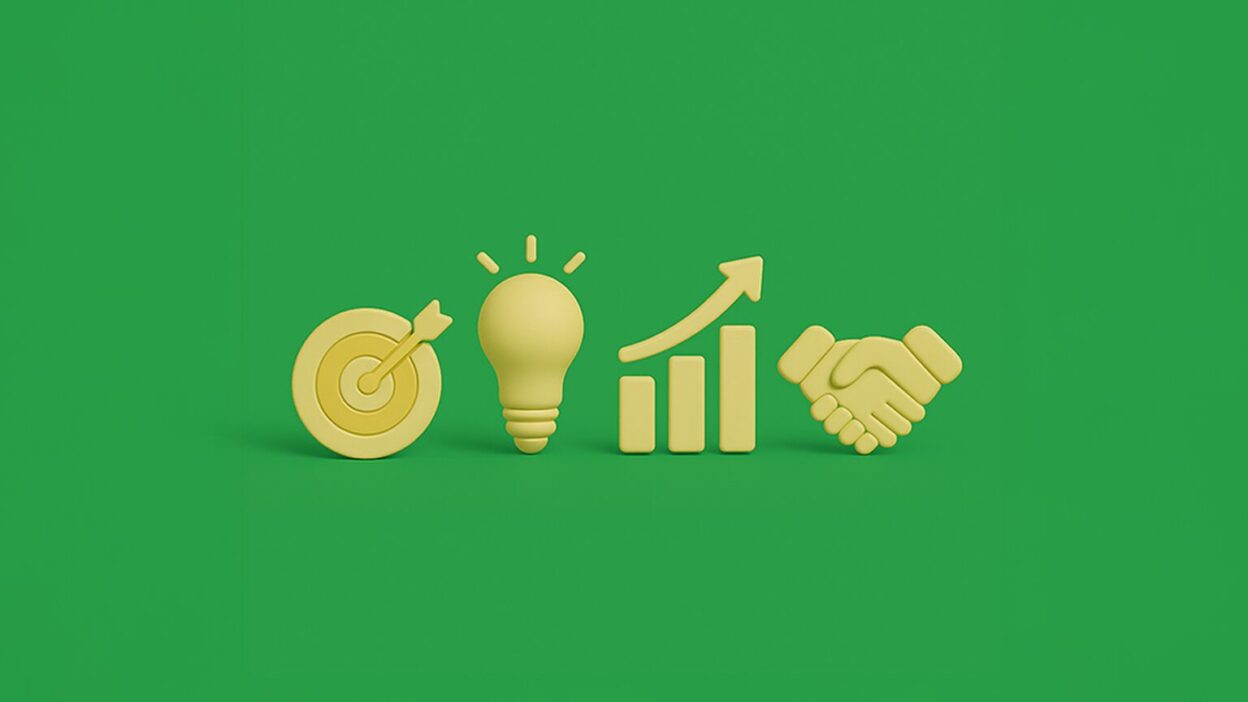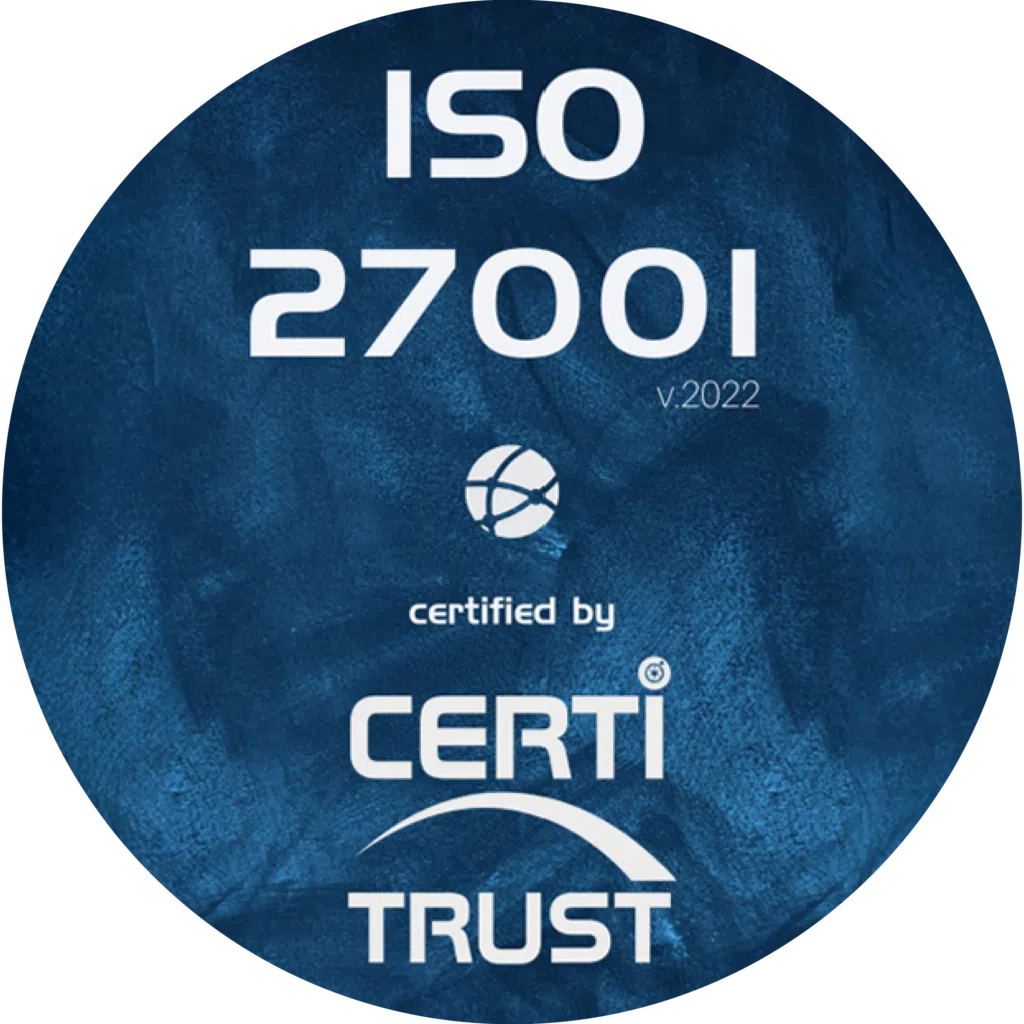In business, defining purchasing strategies is a good way of improving overall performance. This same strategy can be a more powerful lever if the company takes sustainable development criteria into account. Establishing a responsible purchasing policy has many advantages. But it doesn’t happen overnight, and requires some adjustments to the purchasing process.
In this article, you’ll find some tips on how to establish a purchasing strategy that’s adapted to new regulations, and how to easily anticipate them.
What is a responsible purchasing strategy?
A good purchasing strategy will boost your company’s profitability and reduce costs. As customers tend to be more interested in so-called sustainable products, it’s important for companies to adapt to them. On the one hand, to meet this new demand, and on the other, to ensure compliance with environmental and social legislation.
Implementing a responsible purchasing policy helps reduce costs. Compliance with certain environmental and socio-economic criteria drastically reduces energy costs and high consumption. Revenues are also affected, in the sense that they increase. The money generated by the purchase of new, more environmentally-friendly products, which come straight from recycling programs, also helps to boost revenues.
The sustainable purchasing strategy is an integral part of a company’s purchasing process. Buying sustainable products and services is beneficial to a company’s operations. Its aim is to offer alternatives for reducing the environmental impact and waste it produces, when purchasing raw materials for example. It also makes it easier to optimize spending. A sustainable purchasing strategy helps to protect and even enhance the company’s brand image.
Step 1: Assess the impact of current purchases
Today, many companies implement purchasing strategies without considering their environmental impact. However, all purchasing management can be improved. It’s important to carry out an audit of your purchasing function to gather information. Firstly, to identify the positive points and those that need improvement, and secondly, to establish a new strategic purchasing strategy. What is the current impact in terms of carbon footprint? Can some purchases be replaced by other alternatives? It’s possible that the current strategy is leading to poor purchasing management within the company.
It is therefore interesting to see whether the products purchased are compliant, as well as their tracking and delivery. This raises the question of where to focus optimization efforts. A purchasing consultant, with the help of the audit, will be able to define the way to proceed to facilitate the company’s ascent and enable it to achieve performance. The solutions proposed will be related to a new type of purchasing: responsible purchasing. These solutions will make it possible to meet new regulations and comply with the National Sustainable Purchasing Plan.
Step 2: Find out about your supplier’s values
It’s important to know your supplier’s values, to ensure a lasting exchange between the two stakeholders. Does it adopt a CSR approach? Do their products meet quality and ethical standards? Does it take into account environmental and socio-economic criteria? Taking a supplier’s convictions into account is an essential step in the search process. If values don’t match, it will be difficult to maintain a lasting relationship.
To choose the right supplier who matches your company’s values, you need to take into account the supplier’s reputation. Based on previous transactions and reputation in the field, it is possible to determine whether the supplier is reliable and trustworthy. The price of the products and associated costs should also be taken into account. Is the transport used environmentally friendly? Is product packaging reduced to minimize waste? These are simple questions to ask yourself before committing to a particular supplier. Another essential question is whether the products on offer are fully in line with the values defended by the company. If not, don’t waste your time and move on to the next supplier. Before making a final choice, it’s also necessary to find out about the organization’s financial health. By doing some research on the Internet and asking questions about existing customers, you can determine the supplier’s outlook. The best suppliers will be those who correspond to your values and defend common interests.
Step 3: Integrate responsible purchasing into your CSR policy
The key to a successful responsible purchasing strategy lies both internally and externally. The purchasing department is involved in optimizing expenditure and managing relations with stakeholders. Management must also be involved in the project, by setting the strategy. The aim is to constantly improve the company’s performance. It is therefore important for the purchasing function to adapt to today’s environmental and socio-economic challenges. Taking into account a company’s CSR values in purchasing and its lifecycle helps reduce costs. In addition, a company’s focus on responsible purchasing ensures compliance with environmental and social regulations.
The integration of responsible purchasing thus helps to improve a company’s reputation in terms of sustainable development. However, it is important to note that sustainable purchasing cannot exist without a lasting relationship with the supplier.
Step 4: Maintain good relations with suppliers (avoid default)
Managing supplier relationships is a key factor in implementing a good strategy. To maintain a lasting relationship, it’s important to study the profile of key supplier accounts. Any company working with a supplier is particularly interested in certain criteria. So it’s important to look at product ethics, quality and price. Social and environmental considerations are also important when choosing a supplier. If the latter respects the themes present in the corporate social responsibility approach, it will be favored and will stand out from its peers. The purchase will be more secure and the risks lower. Calling on a supplier who is aware of environmental and societal issues will ensure a long-term relationship and avoid default. This will promote responsible purchasing over the long term
To monitor the purchasing process implemented and the suppliers involved, don’t forget to include key indicators that will enable you to measure the impact and effectiveness of your strategy. Evaluating suppliers is also a key factor in achieving better collaboration. Indeed, evaluation offers the opportunity to take stock of the situation in real time, and can influence decision-making and existing collaboration. If specific objectives are not achieved, or if the supplier does not meet 100% of its commitments, this can lead to problems in the responsible purchasing approach and set it back
A purchasing strategy has to be built up step by step, and requires hard work. It’s not enough to establish a “responsible” purchasing policy for it to work straight away. Other factors need to be taken into account, such as the supplier relationship, which plays a key role in the process. With the help of these few tips, you can establish the right responsible purchasing strategy that will enable you to evolve and achieve new goals.
Want to learn more about our Weproc procurement management software?
Contact us or request your 15-minute demo below!










